In the era of big data, the ability to process and analyze streaming data has become a game-changer for businesses. Data Engineering for Streaming Data empowers organizations to handle massive amounts of real-time data and make critical decisions faster than ever. This article will guide you through the essentials of Data Engineering for Streaming Data, including its tools, techniques, and best practices.
- Data Engineering for Streaming Data: What You Need to Know
- Key Components of Data Engineering for Streaming Data
- Essential Tools for Data Engineering in Streaming Data
- Best Practices for Data Engineering in Streaming Data
- Data Engineering for Streaming Data: Real-world Use Cases
- Frequently Asked Questions
- Conclusion
Data Engineering for Streaming Data: What You Need to Know
The Basics of Streaming Data
Streaming data refers to the continuous flow of data records generated by various sources. These sources can include social media feeds, IoT devices, web servers, and more. Streaming data is characterized by its high volume, velocity, and variety, making it challenging for data engineers to process and analyze it effectively.
Why Data Engineering Matters in Streaming Data
Data engineering involves designing, developing, and managing data pipelines that transform raw data into valuable insights for business decision-making. In the context of streaming data, data engineering plays a crucial role in ensuring the efficient and accurate processing of real-time data, enabling organizations to react to events as they occur.
Key Components of Data Engineering for Streaming Data
Data Ingestion and Collection
To process streaming data effectively, data engineers must first collect and ingest it from various sources. This process involves connecting to data sources, extracting the data, and loading it into a data processing system.
Data Processing and Transformation
Once the data is ingested, it needs to be cleaned, transformed, and enriched. Data engineers must process the streaming data in real-time or near-real-time, depending on the organization’s requirements.
Data Storage and Management
Storing and managing the processed streaming data is another critical aspect of data engineering. It involves selecting appropriate storage systems, designing data models, and ensuring the data’s security and privacy.
Data Analysis and Visualization
Lastly, data engineers must provide tools and techniques to analyze and visualize the processed streaming data. This step enables business analysts and decision-makers to gain valuable insights and make data-driven decisions.
Essential Tools for Data Engineering in Streaming Data
There are various tools and technologies available to support data engineering efforts in streaming data. Some of the most popular ones include:
- Apache Kafka: A distributed streaming platform that enables data engineers to build real-time data pipelines and streaming applications.
- Apache Flink: A powerful open-source stream processing framework that supports event-driven, stateful, and fault-tolerant applications.
- Apache Storm: A distributed real-time computation system that processes streaming data at scale.
- Amazon Kinesis: A managed streaming data service by AWS that allows data engineers to process and analyze streaming data in real-time.
- Google Cloud Dataflow: A fully managed service for building and deploying data processing pipelines on the Google Cloud Platform.
Best Practices for Data Engineering in Streaming Data
To ensure the efficient and effective processing of streaming data, data engineers should follow these best practices:
- Choose the right tools: Selecting the appropriate tools and technologies for your streaming data project is critical for success.
- Optimize data processing: Implement strategies such as data partitioning, windowing, and aggregation to improve the efficiency of processing streaming data.
- Ensure data quality: Implement data validation and cleansing techniques to maintain data quality throughout the pipeline.
- Maintain data lineage: Keep track of the data’s origin, transformations, and usage to ensure compliance with data governance policies.
- Monitor and maintain performance: Continuously monitor the performance of your data pipeline and make necessary adjustments to maintain optimal performance.
- Plan for scalability: Design your data pipeline with scalability in mind to handle increasing volumes of streaming data as your organization grows.
- Secure your data: Implement data encryption, access controls, and other security measures to protect your streaming data from unauthorized access.
Data Engineering for Streaming Data: Real-world Use Cases
Financial Services
In the financial sector, streaming data plays a vital role in areas such as stock market analysis, fraud detection, and risk management. Data engineering helps financial institutions process and analyze streaming data in real-time, enabling them to make better-informed decisions.
Internet of Things (IoT)
IoT devices generate massive amounts of streaming data, which data engineers must process and analyze to extract valuable insights. Applications of data engineering in IoT include predictive maintenance, smart cities, and connected healthcare.
Social Media Analytics
Social media platforms generate a continuous stream of data as users interact with the content. Data engineering techniques are used to analyze this data in real-time to derive insights into user behavior, trends, and sentiment analysis.
Log Analytics
Organizations generate massive amounts of log data from their IT infrastructure. Data engineering techniques are employed to process and analyze this data in real-time, enabling IT teams to monitor system performance, detect anomalies, and troubleshoot issues.
Frequently Asked Questions
1. What is Data Engineering for Streaming Data?
Data Engineering for Streaming Data involves designing, developing, and managing data pipelines to process and analyze continuous data flows generated by various sources, such as IoT devices, social media, and web servers.
2. Why is Data Engineering important for Streaming Data?
Data Engineering plays a crucial role in ensuring the efficient and accurate processing of real-time data, enabling organizations to react to events as they occur and make data-driven decisions.
3. What are some popular tools for Data Engineering in Streaming Data?
Some popular tools for Data Engineering in Streaming Data include Apache Kafka, Apache Flink, Apache Storm, Amazon Kinesis, and Google Cloud Dataflow.
4. What are some best practices for Data Engineering in Streaming Data?
Best practices for Data Engineering in Streaming Data include choosing the right tools, optimizing data processing, ensuring data quality, maintaining data lineage, monitoring and maintaining performance, planning for scalability, and securing your data.
5. Can you provide some real-world use cases for Data Engineering in Streaming Data?
Real-world use cases for Data Engineering in Streaming Data include financial services (stock market analysis, fraud detection, risk management), IoT (predictive maintenance, smart cities, connected healthcare), social media analytics (user behavior, trends, sentiment analysis), and log analytics (system performance monitoring, anomaly detection, troubleshooting).
6. How can I learn more about Data Engineering for Streaming Data?
To learn more about Data Engineering for Streaming Data, you can explore online courses, attend workshops and conferences, read books and articles, and join relevant online communities.
Conclusion
Data Engineering for Streaming Data is an essential skill for organizations that process and analyze large volumes of real-time data. By mastering the tools, techniques, and best practices outlined in this article, you will be well-equipped to tackle the challenges of streaming data and help your organization make more informed decisions.







Leave a Reply